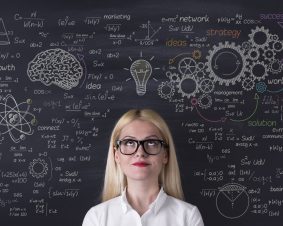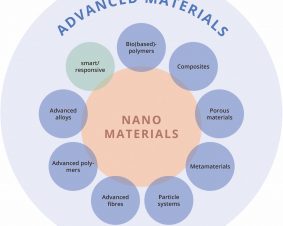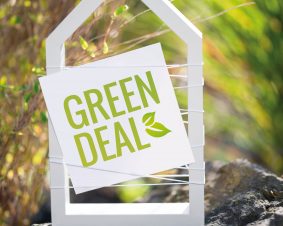 >
Spotlight October 2023: Improved hydrogen production through novel catalyst made of three metals
>
Spotlight October 2023: Improved hydrogen production through novel catalyst made of three metals
Hydrogen is one of the important energy carriers of the future when it comes to climate-relevant energy supply. For example, surplus electricity from wind turbines or solar plants can be converted into hydrogen, allowing the otherwise unused energy to be stored for longer periods. This hydrogen can be used to power trucks and buses for local public transport as well as other vehicles in an environmentally and climate-friendly way, or it can be converted back into electricity. However, the production of hydrogen using electricity has so far been relatively inefficient, so catalysts are being feverishly sought to help improve this process.
One possibility now seems to have been discovered in a novel catalyst. Korean researchers have synthesized this catalyst from the three known metals nickel, palladium and platinum, which enables the production of hydrogen about 8 times better than previous platinum-carbon catalysts. This high activity of the catalyst is possible due to the very small subunits in nanometer size. Nickel/platinum and palladium/platinum interfaces are created, which are arranged in a specific order to each other and thus considerably facilitate the processes of hydrogen production.
Such and other expected developments in catalyst chemistry will help secure future energy supplies and contribute to a sustainable and environmentally friendly energy supply.
Original publication:
Gu, B.S., Dutta, S., Hong, Y.R., Ngome Okello, O.F., Im, H., Ahn, S., Choi, S.Y., Woo Han, J., Ryu, S., and Lee, I.S. (2023). Angew Chem Int Ed Engl 62, e202307816.

Weitere Spotlights
Spotlight March 2022: Safe Materials from Scratch – Safe-by-Design-Concept in action
In recent decades, German research on nanomaterials and new, innovative materials has been widely expanded by material safety aspects. European initiatives also pay significant attention to this: both the European Union (EU) Green Deal, and the Chemicals Strategy for Sustainability (CSS) aim to create a sustainable, climate-neutral economy with sustainable and safe chemicals and products, […]
Read moreSpotlight January 2021: Nanoplastics challenge – How to improve tracking of nanopolystyrene distribution in the environment.
In January, we present a paper published in the Nature Journal communications materials. The article focuses on the development of a new detection method of nanopolystyrene. The method not only makes it possible to detect nanoplastics in the environment for the first time, but also to determine their accumulation in plants and animals. Nanoplastics, which […]
Read moreSpotlight June 2022: From small to clever – What does the future hold for the safety and sustainability of advanced materials?
The smallest particles in materials research, nanoparticles, have occupied us intensively for more than 20 years to elucidate and further investigate their safety for humans and the environment. Now, however, the development is going from “small = nano” to “clever = advanced”, as discussed in a contribution by international scientists. Thereby, it is a great […]
Read moreSpotlight May 2021: Towards safe and sustainable innovation in nanotechnology: State-of-play for smart nanomaterials
The European Commission’s new Action Plan for a Circular Economy Green Deal, the new European Industrial Strategy as well as the Chemicals Strategy for Sustainability presented in October 2020 are ambitious plans to achieve a sustainable, fair and inclusive economy in the European Union. These strategies require that any new material or product must not […]
Read more


